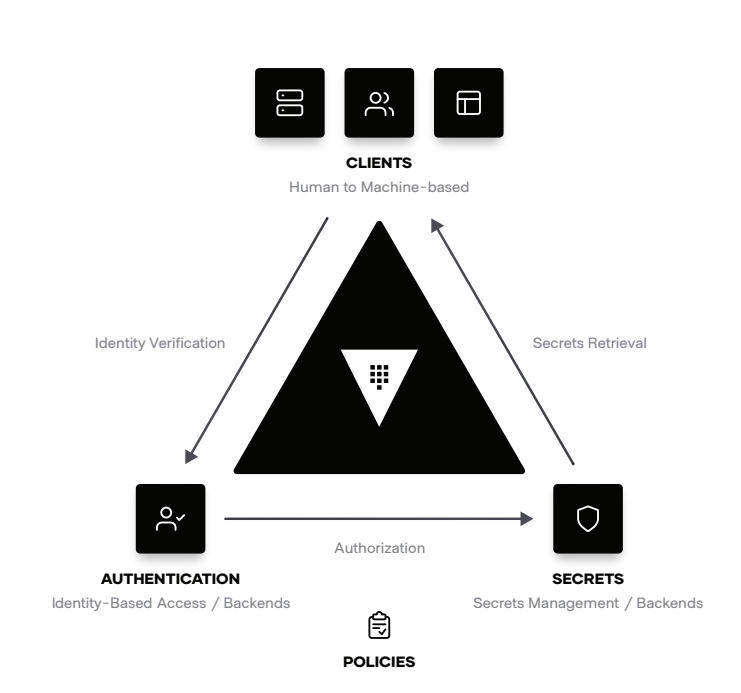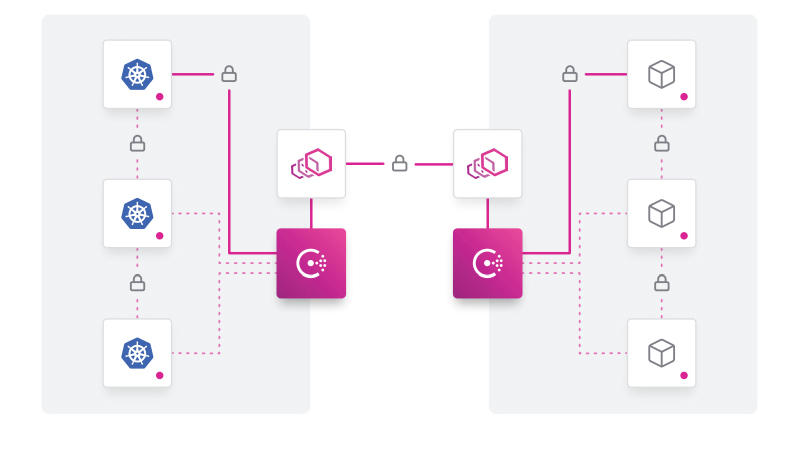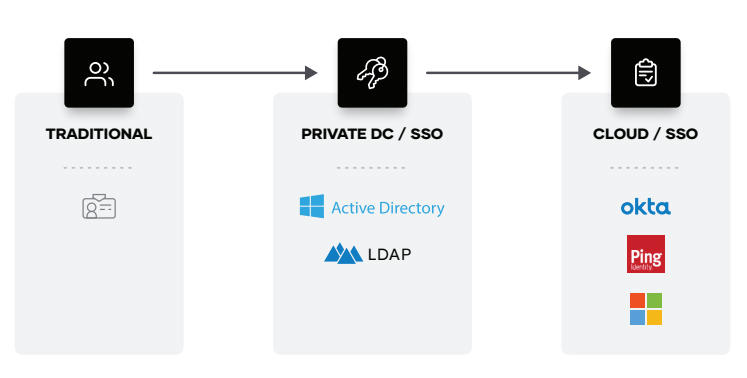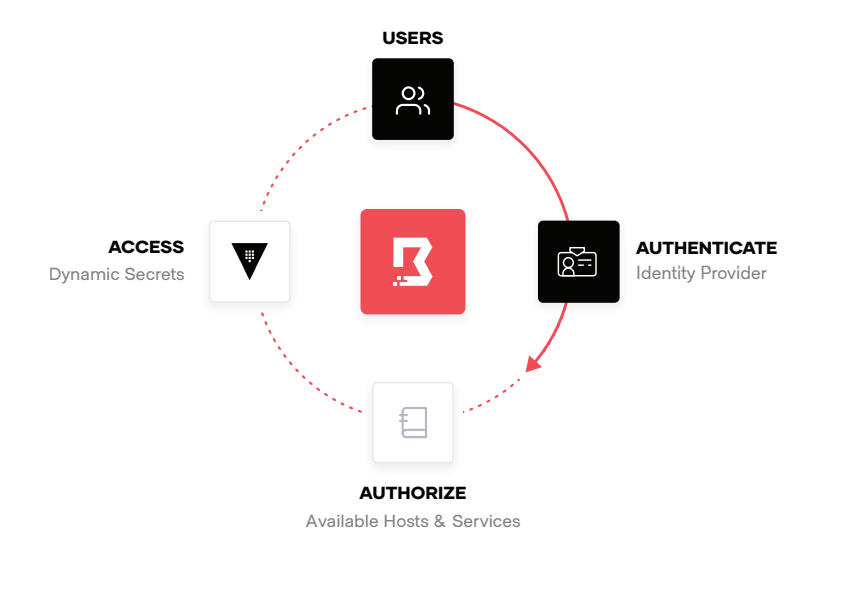The Zero Trust Network, or Zero Trust Architecture, model was created in 2010 by John Kindervag, who at the time was a principal analyst at Forrester Research Inc. Eleven years later corporate executives are increasingly implementing Zero Trust as the technologies that support it move into the mainstream – the pressure to protect enterprise systems and data grows significantly, and as attacks become more sophisticated.
The transition from traditional on-premises datacenters and environments to dynamic, cloud infrastructure is complex and introduces new challenges for enterprise security. There are more systems to manage, more endpoints to monitor, more networks to connect, and more people that need access. The potential for a breach increases significantly, and it is only a matter of time without the right security posture.
Securing traditional datacenters required managing and securing an IPbased perimeter with networks and firewalls, HSMs, SIEM, and other physical access restrictions. But those same solutions are no longer sufficient as companies move to cloud. Securing infrastructure in the cloud requires a different approach. As companies move to the cloud, the measures they took to secure their private datacenters start to disappear. IP-based perimeters and access are replaced by ephemeral IP addresses and a constantly changing workforce with the need to access shared resources.
Managing access and IPs at scale becomes brittle and complex. Securing infrastructure, data, and access becomes increasingly difficult across clouds and on-premises datacenters, requiring lots of overhead and expertise. This shift requires a different approach to security, a different trust model. One that trusts nothing and authenticates and authorizes everything. Because of the highly dynamic environment, organizations talk about a “zero trust” approach to cloud security
What is Zero Trust?
Zero Trust is a security concept centered on the belief that organizations should not automatically trust anything inside or outside its perimeters and instead must verify anything and everything trying to connect to its systems before granting access.
The Zero Trust security model eliminates implicit trust in any one element, node, or service and instead requires continuous verification of the operational picture via real-time information fed from multiple sources to determine access and other system responses.
Challenges of multi-cloud zero trust security
Managing access by IPs
Traditional solutions for safeguarding infrastructure, data, and access are rooted in the need to secure based on IP addresses. Applications talking to databases, users accessing hosts and services, and servers talking across clouds — traditionally these have all been protected by allowing or restricting access based on IP addresses. Managing access to this same infrastructure and data as companies migrate to the cloud becomes significantly harder and operationally complex as IPs are more dynamic and change frequently.
Securing machine connectivity
Machine-to-machine access is a core element of a cloud-first organization. Legacy ITIL-based methods requiring conventional ticket systems are slow, burdensome, and not flexible enough to meet the rigorous security demands of today’s dynamic cloud environments.
Scaling with demand
Traditional access and identity management with manual processes is slow, inefficient, and ineffective. Security measures like tokens, key cards, and passwords require direct IT intervention which requires significant resources and time, especially when required for hundreds or thousands of individual users and machines.
There are four pillars of multi-cloud security in a zero trust world: machine authentication and authorization, machine-to-machine access, human authentication and authorization, and human-to-machine access. Across these four pillars is a consistent requirement: identity-driven controls.
Machine Authentication & Authorization
HashiCorp Vault enables practitioners and enterprises to centrally secure, store, access and distribute dynamic secrets like tokens, passwords, certificates, and encryption keys across any public or private cloud environment. Vault provides an automated workflow for both people and machines to centrally manage access to credentials and encrypting sensitive data through a single API. With HCP Vault, get all of the power and security, without the complexity and overhead running it.
Machine-to-machine access
HashiCorp Consul enables machine-to-machine access by enforcing authentication between applications and ensuring only the right machines are talking to each other. Consul codifies authorization and traffic rules with encrypted traffic while automating identity-based access for maximum scale, efficiency, and security. With Consul, organizations can discover services, automate network configurations, and enable secure connectivity across any cloud or runtime using Consul service mesh.
Human access and authorization
Companies use different identity platforms for federated systems of record. Leveraging these trusted identity providers is the principle of identity-based access and security. HashiCorp products have deep integration with the leading identity providers.
Human-to-machine access
Traditional solutions for safeguarding user access used to require distributing and managing SSH keys, VPN credentials, and bastion hosts, which creates risks around credential sprawl and users having access to entire networks and systems. HashiCorp Boundary provides simple, secure remote access to securely access dynamic hosts and services without managing credentials, IPs, or exposing your network.
Let us show you the business impact of multi-cloud security. Contact us for a personal demonstration.










